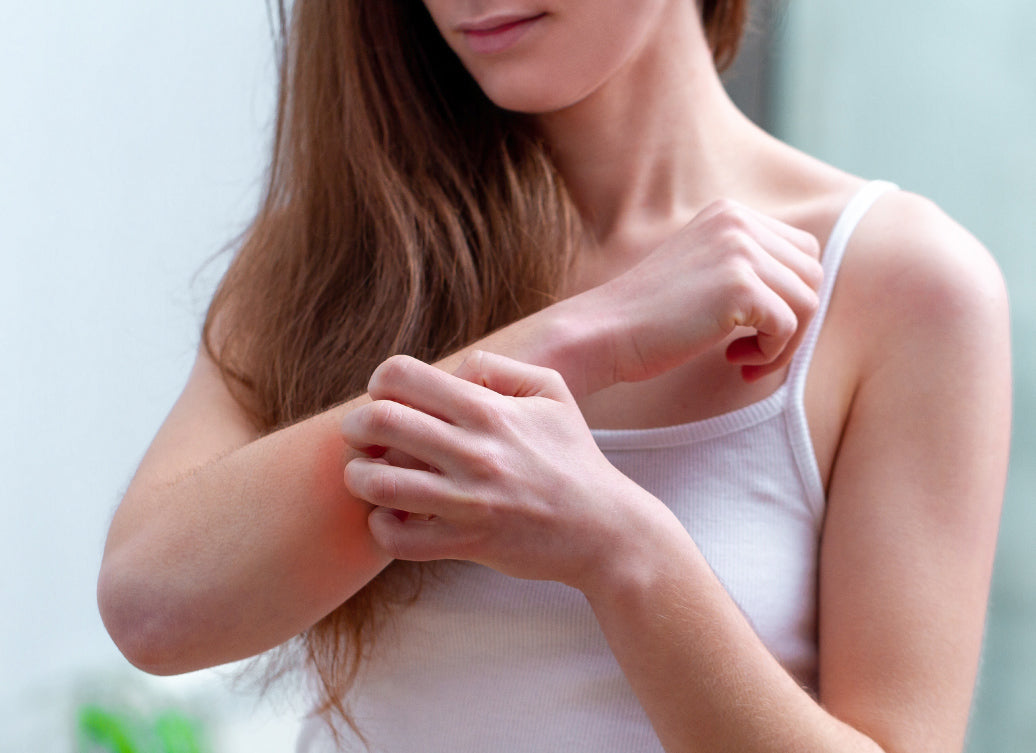Need some tips for managing Polymorphic Light Eruption, also known as PMLE? We look at the various strategies on offer for coping with this frustrating condition.
PMLE, an abnormal sensitivity to sunshine, can ruin a holiday! Your skin reacting to the first bright sunshine you’ve seen for months is a miserable experience, with painful and itchy rashes breaking out on exposed areas such as arms, legs and the V of your chest.
The frustrating thing is that you can’t stop PMLE in any easy way; in most cases the only solution is to manage the outbreaks as best you can, and hope that they will decrease - as most do - as summer progresses. Not much good if you’re on a week’s precious break in the sun, in the middle of an English winter, but better news for those who suffer from PMLE rashes in late spring before they’re properly acclimatised to the sunshine.
There are things you can do to minimise the severity of an outbreak, and help your skin cope with the rashes when they do occur.
PHOTO-AVOIDANCE
The simplest and most straightforward strategy for reducing PMLE, photo-avoidance means keeping those problematic rays away from your skin to stop them triggering that unpleasant immune-system response! There are three basic ways you can do this:
- Stay indoors when the sun is brightest
- Wear tightly-woven, long-sleeved clothes
- Apply an effective sunscreen
REDUCING INFLAMMATION
Once a rash has started, there are things you can do to try to calm it down:
- Cold compresses
- Antihistamines
- Corticosteroids (although these are not recommended for long-term use)
- Painkillers such as paracetamol can help ease discomfort
DESENSITISATION
Desensitisation aims to dampen the skin’s response to sunlight by brief, controlled exposure to light before the summer begins.
- Self-controlled photo-desensitisation: you can uncover areas of the body affected by PMLE (arms, legs, upper chest) to sunlight for a short period of time each day to ‘harden’ the skin
- In a very severe case of PMLE, you can be prescribed a course of UV phototherapy to expose the skin to UV light
You might find Balmonds emollients useful to help keep your itchy skin in good, healthy, resilient condition. Although creams and balms cannot ‘cure’ or treat the root cause of PMLE (or other chronic skin conditions), they are effective at providing hydration, locking in moisture, smoothing thickened areas, and keeping skin soft and supple.
Our products do not contain sunscreens! Do not apply oils or oil-based balms like Skin Salvation to exposed areas of skin in bright sunlight, as the oils can make the skin more likely to burn.
Recommended products:
Balmonds Daily Moisturising Cream
with shea butter and calendula
Balmonds Cooling Cream
with shea, menthol, aloe vera & lavender
